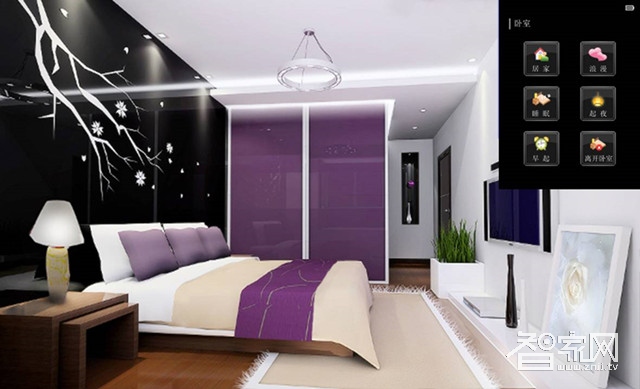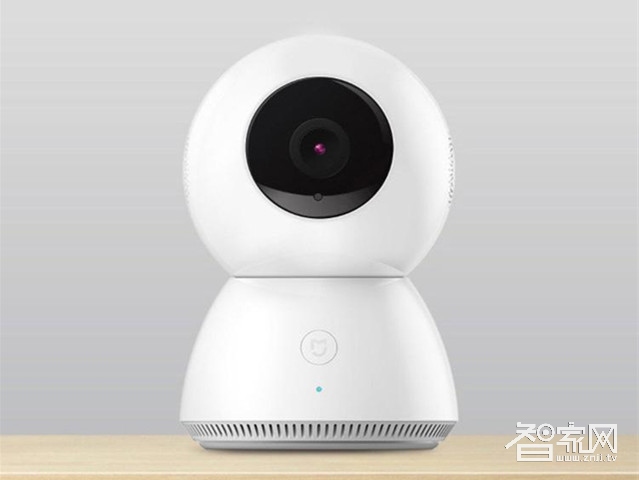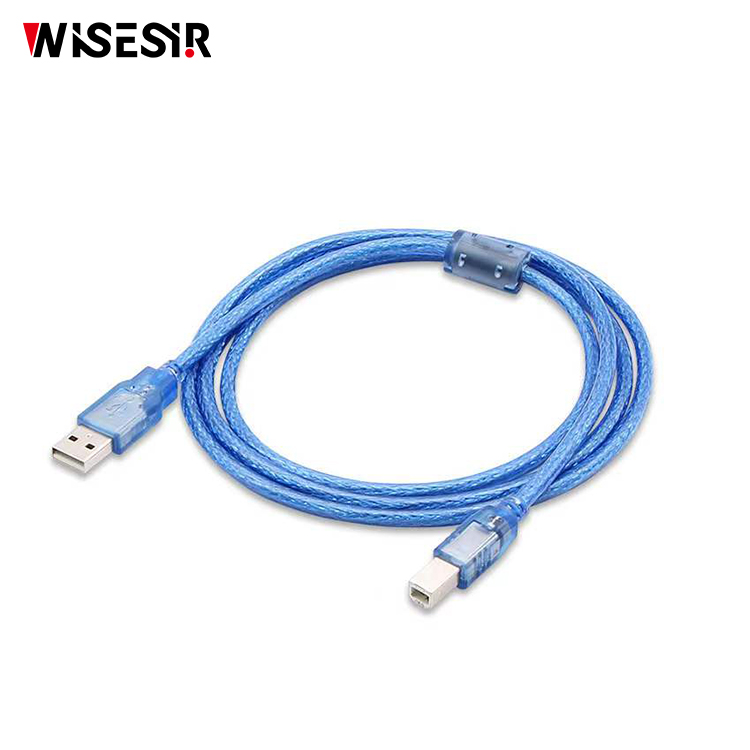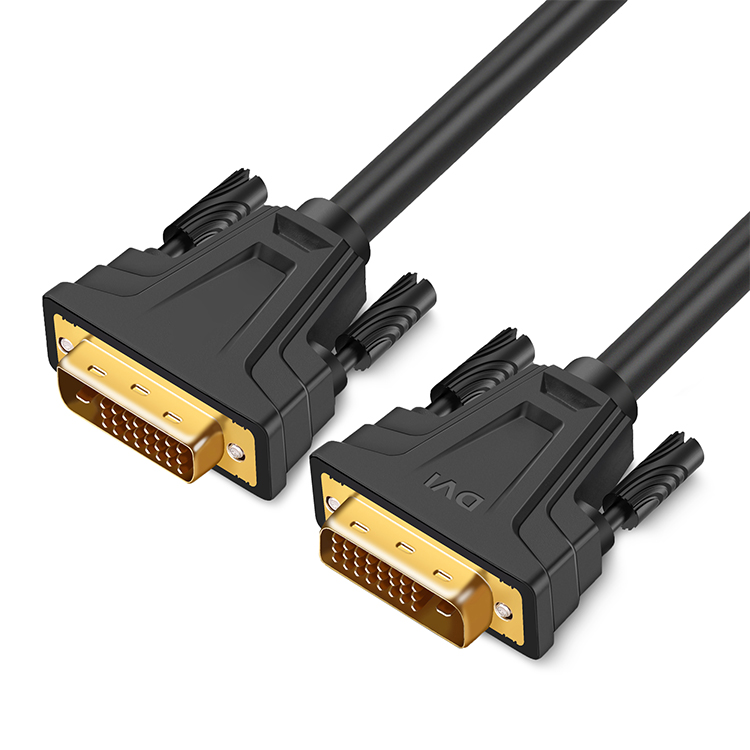Q&A | Smart home products easy to use? Smart home is a trend or a gimmick
Smart homes continue to capture the attention of consumers and industry experts alike. From smart outlets and door locks to smart TVs, a wide range of products have entered the market, promising convenience, security, and efficiency. But are these devices truly useful? Is the rise of smart homes a long-term trend or just a passing fad? Let's explore what people are saying about this rapidly evolving field.

History of Smart Home Development
User 1: Smart home technology is more than just a trend—it’s a movement. While the concept has existed for years, it wasn’t until 1984 that United Technologies Corporation introduced the idea of integrating building systems in Hartford, USA. This marked the birth of the first "smart building," setting the stage for modern smart homes.
A smart home integrates various technologies—wiring, networking, security, automation, and entertainment—to create a seamless living environment. It enhances safety, comfort, and energy efficiency. From its early days in the mid-90s to today, the smart home sector has seen significant growth. By 2018, the global smart home market reached $71 billion, with China alone accounting for $139.6 billion. The market is expected to grow even further, reaching over one trillion yuan by 2020.
Many companies, including Platte, ABB, LG, Haier, Sony, and Apple, are now involved in developing smart home solutions. However, the market is still in its early stages, with many players competing for a share. Standardization and user-friendly designs will be key to its future success.
Market Prospects for Smart Homes
Netizen 2: In my opinion, smart homes are definitely a trend. People always want to live better and more comfortably. If smart homes can help achieve that, they’re here to stay. However, there are challenges. Many users aren’t fully aware of the benefits, and the lack of standardization means compatibility issues between different brands. Despite this, I believe smart homes will become more common as the industry matures.
Netizen 3: It’s not a gimmick. It’s a multi-phase development. First, basic networking and scene control. Then, adding sensors and operating systems for M2M communication. Finally, AI integration for C2M interaction. There will be cycles of excitement and cooling, but the long-term potential is strong. Whether people talk about it or not, the future is coming.

Real-Life Experiences with Smart Products
Smart Router
Netizen 4: I’ve used Xiaomi routers and 360 routers, along with smart cameras. These devices make life easier. Setting up a router on your phone instead of through complicated settings is a game-changer. You can manage your Wi-Fi remotely, even share access with friends. Cameras allow you to monitor your home from anywhere, and using a TV box to stream camera footage is pretty cool. Plus, it’s affordable and meets most needs.
Smart Camera
Netizen 5: Smart cameras let you watch your home from miles away. I connected mine to a TV box and watched it 24/7. It’s not just convenient—it’s reassuring. And smart kitchen appliances, like rice cookers that start automatically, make daily tasks easier. With more devices becoming smart, I believe most household items will soon be controllable via smartphones.
Smart Appliances
Netizen 6: I use a smart air conditioner from JD.com. Though it costs a connection fee, it offers remote monitoring and temperature control. I even bought a smart socket to control my fan remotely. Next, I plan to get a surveillance camera to keep an eye on my house when I’m away. I’d also love a device that monitors indoor air quality, like CO2, PM2.5, and humidity levels.
Smart Lock
Netizen 8: Our smart lock is easy to use, which is its biggest advantage. However, the price is still high, around 2,000 RMB, limiting its appeal. As demand grows, I expect prices to drop, making smart locks more accessible. Eventually, they may become standard for new doors.
Smart Socket and Light
Netizen 9: Smart sockets and lights are simple yet effective. You can set schedules, turn them on/off remotely, and even use motion sensors for night lights. These small devices are affordable and significantly improve daily convenience.

Industry Analysis and Future Outlook
Netizen 10: I work in the home improvement industry, and I believe smart homes are a real trend. With the rise of smartphones, internet connectivity, and smart appliances, the demand for smart homes is growing. There are two types: high-end custom systems and more affordable smart ecosystems. While the latter is more accessible, the former remains expensive. Still, as awareness increases, smart homes will become more mainstream.
Netizen 11: Some companies may just add a sensor and call it smart, but others are genuinely innovating. Fast product updates and consumer acceptance suggest that smart devices are here to stay. I’ve personally switched from traditional routers to smart ones because they’re more user-friendly. For me, the tech aspect makes smart products more appealing, especially for younger generations.
Overall, smart homes are no longer a luxury—they're becoming a necessity. As technology advances and people become more familiar with smart devices, the market will continue to expand. The future of smart homes looks bright, and with time, they’ll become part of everyday life.
Related Suggestions:
Article: Q&A | What are the development prospects of the smart home market?
Recommended: HaiKang Smart Lock, Philippine Smart Lock, Bass Smart Lock
Network Cable
Wisesir network cable include many types of cable,such as Usb Printer Cable,Patch Cord,audio and Video Cable,ethernet cable,rj45 cable,etc..


Waireless Power Bank,Usb Printer Cable,Mtp Fiber Optic Patch Cord,Video Cable Vga Cable
Pogo Technology International Ltd , https://www.wisesir.net